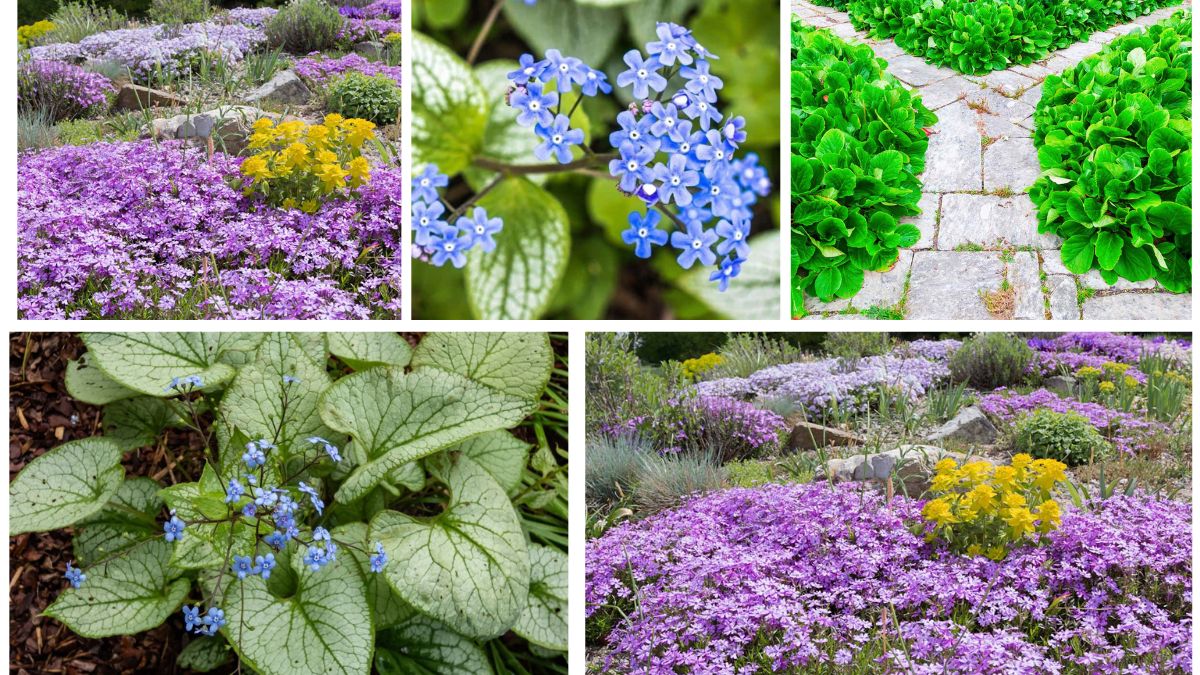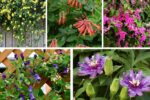Ground cover plants are essential in creating a lush, low-maintenance garden. They protect soil from erosion, suppress weeds, and add color, texture, and visual appeal to any landscape. Choosing perennial ground covers—plants that return every year—ensures your garden maintains its vibrancy and structure year after year with minimal effort. This guide explores five unique ground cover plants, highlighting their characteristics, care requirements, and benefits.
Introduction
Ground cover plants play a crucial role in sustainable and aesthetically pleasing gardening. Unlike lawns that require frequent mowing, perennial ground covers offer long-lasting coverage, soil protection, and seasonal beauty.
Perennial ground covers are particularly valuable because they regrow each year, saving gardeners the effort of replanting and ensuring that landscapes remain green and thriving. In addition, they can create habitats for pollinators and beneficial insects, contributing to a balanced ecosystem.
This article examines five unique ground cover plants that are reliable, attractive, and hardy enough to return annually.
1. Creeping Thyme (Thymus serpyllum)
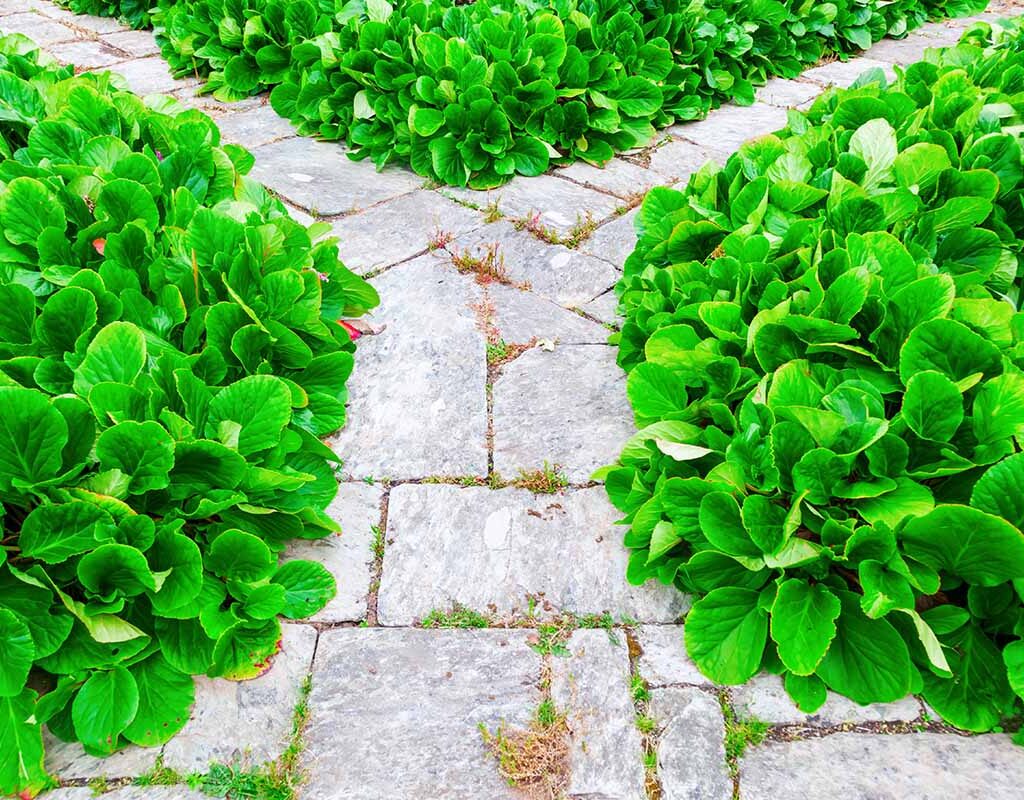
Creeping thyme is a low-growing, aromatic perennial ideal for sunny gardens and pathways. Its small, purple flowers attract bees and butterflies, making it a pollinator-friendly choice.
Characteristics:
- Height: 2–3 inches
- Spread: Up to 24 inches
- Sun Requirement: Full sun
- Blooming Season: Late spring to early summer
Planting and Care:
- Prefers well-drained soil; drought-tolerant once established.
- Requires minimal maintenance; trim occasionally to encourage dense growth.
- Excellent for planting between stepping stones or as a living mulch.
Benefits:
- Aromatic foliage adds sensory appeal.
- Can withstand light foot traffic, perfect for pathways.
- Drought-resistant, reducing water usage in gardens.
Creeping thyme not only returns year after year but also enhances garden ambiance with fragrance and color, making it a versatile choice for sunny areas.
2. Ajuga (Ajuga reptans)

Ajuga, commonly called bugleweed, is a colorful perennial ground cover known for its deep green leaves and striking blue-purple flower spikes. It is ideal for shade or partially shaded areas, providing year-round interest.
Characteristics:
- Height: 6–9 inches
- Spread: 12–24 inches
- Sun Requirement: Partial shade to full shade
- Blooming Season: Spring
Planting and Care:
- Thrives in moist, well-drained soil.
- Spreads via runners, filling gaps quickly for dense coverage.
- Minimal pruning required; cut back after flowering to maintain a tidy appearance.
Benefits:
- Rapid spread helps suppress weeds naturally.
- Provides attractive foliage even when not in bloom.
- Supports pollinators during flowering season.
Ajuga is a low-maintenance perennial that returns every year, offering both floral and foliage beauty in shaded garden corners.
3. Creeping Jenny (Lysimachia nummularia)
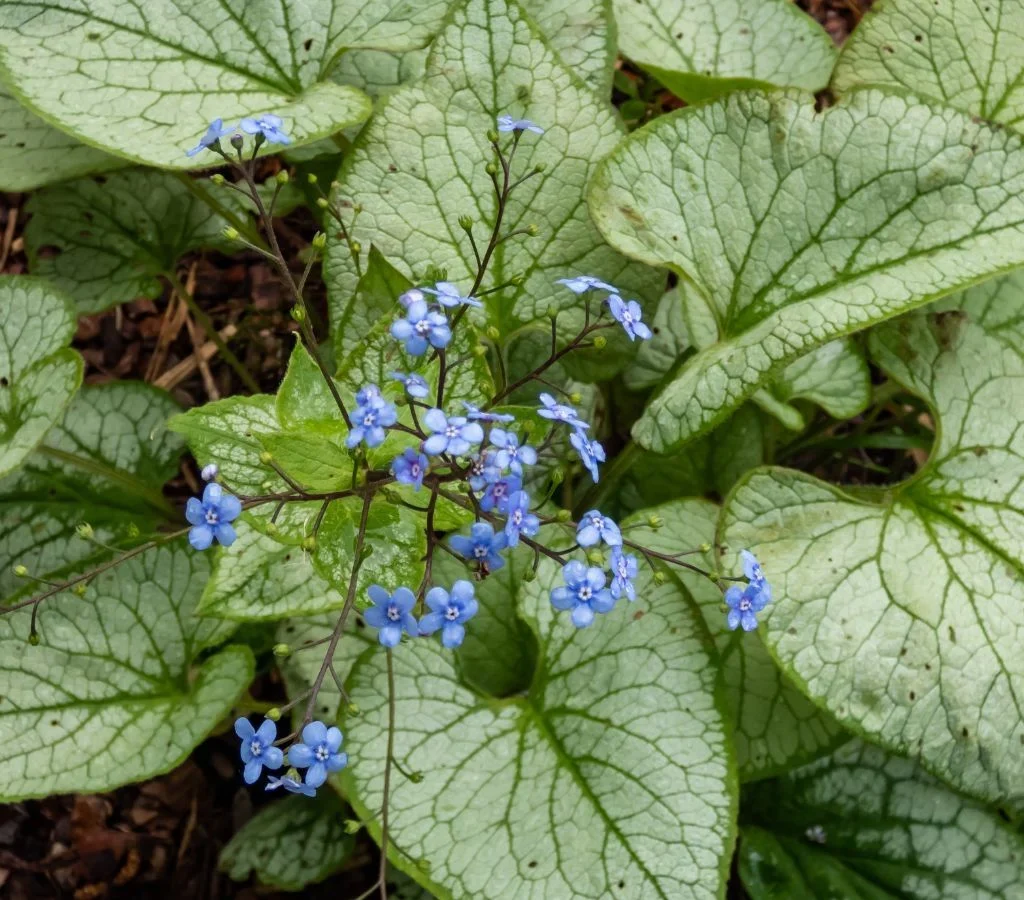
Creeping Jenny is a vibrant, fast-growing ground cover that is perfect for borders, containers, and water-adjacent areas. Its bright chartreuse leaves provide striking contrast in gardens.
Characteristics:
- Height: 4–6 inches
- Spread: Up to 36 inches
- Sun Requirement: Full sun to partial shade
- Blooming Season: Late spring to summer
Planting and Care:
- Prefers moist, fertile soil; tolerates some drought once established.
- Can climb or trail, making it suitable for hanging baskets or cascading over walls.
- Divide and transplant every 2–3 years to control spread and encourage healthy growth.
Benefits:
- Adds bright, bold color to shady areas.
- Rapid coverage makes it ideal for quick erosion control.
- Perennial resilience ensures it returns reliably every year.
Creeping Jenny is a dynamic ground cover that combines visual appeal and practical benefits, making it an excellent choice for gardeners seeking color and functionality.
4. Sedum (Sedum spp.)
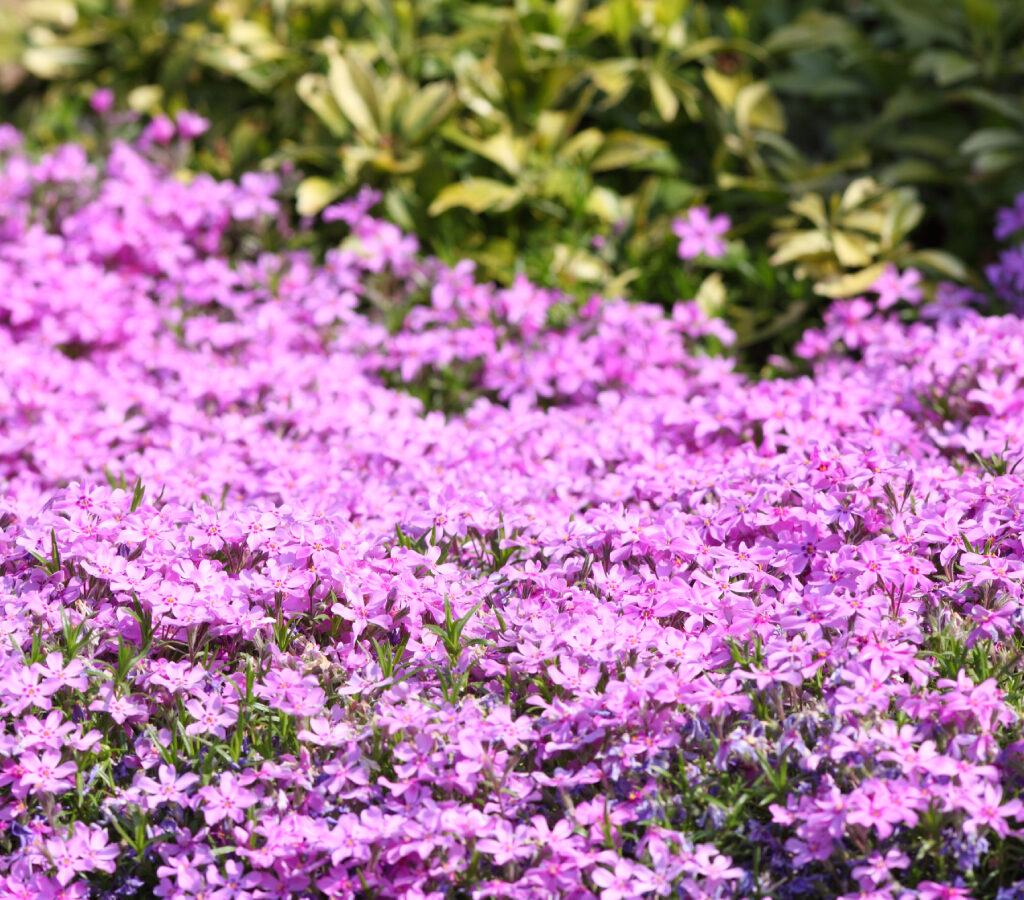
Sedum, or stonecrop, is a succulent perennial ground cover that thrives in rock gardens, slopes, and dry soil conditions. Its fleshy leaves store water, making it drought-tolerant and low-maintenance.
Characteristics:
- Height: 2–8 inches (depending on variety)
- Spread: 12–24 inches
- Sun Requirement: Full sun
- Blooming Season: Summer to fall
Planting and Care:
- Plant in well-drained, sandy soil.
- Minimal watering required; avoid overwatering to prevent root rot.
- Propagate easily through cuttings or division, expanding coverage naturally.
Benefits:
- Long-lasting blooms attract pollinators like bees and butterflies.
- Provides textural variety in rock gardens and borders.
- Extremely hardy, surviving poor soil and harsh conditions.
Sedum is a reliable, hardy ground cover that adds color, texture, and ecological value to your garden, returning year after year with minimal maintenance.
5. Sweet Woodruff (Galium odoratum)
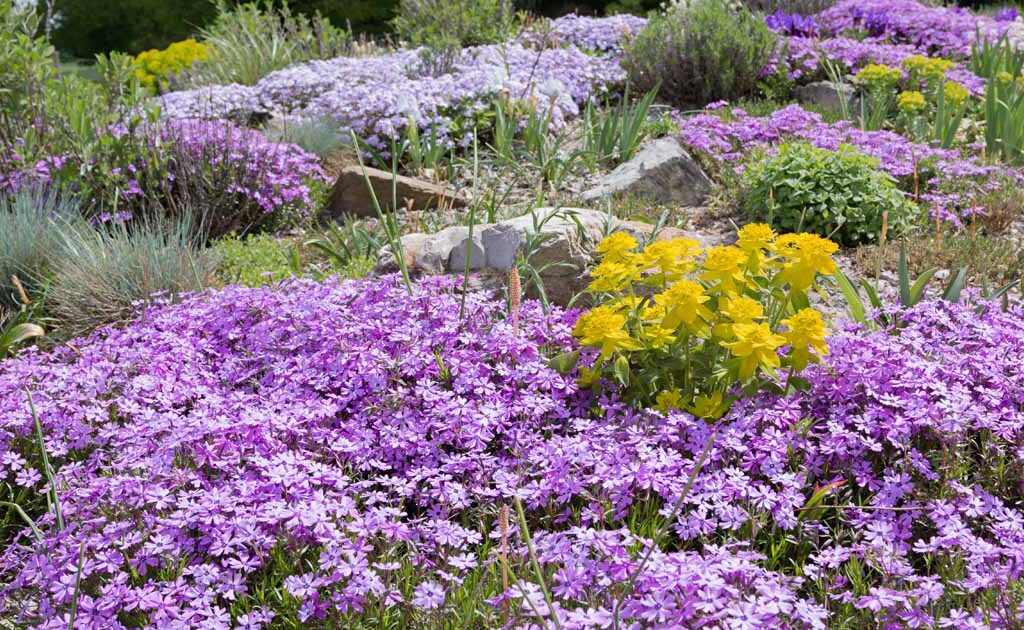
Sweet woodruff is a fragrant, shade-loving perennial that thrives under trees and shrubs. Its delicate white flowers and aromatic foliage make it a favorite in woodland gardens.
Characteristics:
- Height: 6–12 inches
- Spread: 12–18 inches
- Sun Requirement: Partial shade to full shade
- Blooming Season: Late spring
Planting and Care:
- Prefers moist, humus-rich soil.
- Mulch lightly to maintain soil moisture and suppress weeds.
- Propagate through division every 2–3 years to maintain vigor.
Benefits:
- Sweet fragrance enhances garden sensory appeal.
- Provides a dense, lush carpet under trees or shrubs.
- Supports pollinators and beneficial insects.
Sweet woodruff is a unique and elegant ground cover that combines fragrance, beauty, and ecological value while reliably returning each year.
Conclusion
Choosing the right perennial ground cover plants ensures that your garden remains vibrant, low-maintenance, and ecologically supportive year after year. The five plants highlighted—Creeping Thyme, Ajuga, Creeping Jenny, Sedum, and Sweet Woodruff—offer a variety of textures, colors, and growth habits suitable for sunny, shaded, moist, or dry areas.
By incorporating these unique ground covers into your landscape:
- You reduce soil erosion and suppress weeds naturally.
- You attract pollinators and promote biodiversity.
- You create long-lasting beauty without the need for annual replanting.
Whether for pathways, borders, rock gardens, or under trees, these perennial ground covers are practical, resilient, and visually appealing. With proper planting, care, and occasional maintenance, they will continue to thrive and return every year, ensuring a sustainable and attractive garden for years to come.
